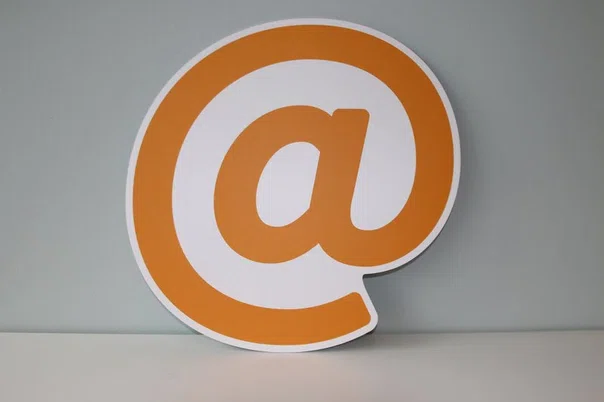
Hi, We really should talk!
We'd love to introduce you to Readz, the digital publishing platform used by IBM, Nike, Deloitte, Aon and many more.
Hop on the phone with one of our publishing consultants and get customized advice on how to get started.
Readz brings together technology and expertise to help you launch top-performing content.

INSTANT, EASY
DIGITAL PUBLISHING
TRY FOR FREE

Sign Up Form Tactics Guaranteed To Boost Conversions

Start publishing online newsletters like Deloitte, IBM, and Nike.
Get a demo of Readz today - and never look back.
GET A DEMO
In all cases, it is a significant point in the brand-consumer relationship. Therefore, the interaction should be as smooth as possible.
Optimize your forms for a better user experience, and you’ll see better engagement and conversion rates because of it. Fail to do so, and prepare for your site visitors to leave and never return.
So how do you construct forms that guarantee the former and avoid the latter? Start with the best practices covered in this article:
Limit your form fields
Limit your form fields
For instance, a case study from VMO demonstrates how the removal of just three fields led to a conversion lift of 11 percent. When Blivakker, a Norwegian online beauty shop, cut their fields down from 17 to 14, they saw an 11 percent increase in registrations.
Another study, by research lab Marketing Experiments, shows similar results. David Kirkpatrick describes how Marketo cut its nine-field form to seven fields, resulting in a 20 percent increase in conversion rate. When they cut the form down to just five fields, the conversion rate increased by 34 percent.
In most cases, all you need to ask is for the visitor's email and password. You can get the rest of the info later.
Image from Optimizely
Image from Imgur
Make it super-easy
Make it super-easy
There are many ways to accomplish this. For example, if you need an address, ask for a zip code, and the city and state are already filled out! Or use a drop down menu that predicts the outcome so visitors can move through the form faster.
Idealist.com provides a dropdown like this which completes the city, state, and country for users so that it’s easier for users to input their location.
Image from Idealist
Include benefit-rich copy
Include benefit-rich copy
Content Verve performed a study on persuasive form copy, and found that demonstrating benefits, relevance, and value dramatically increases conversions. By adding relevance and value to a newsletter sign-up form, the company boosted conversions by 83.75 percent.
Image from ContentVerve
In addition, including benefits (see: "Get FREE Betting Tips", and “Get the Best Daily Tips") increased conversions by 31.54 percent.
Image from ContentVerve
Use psychological triggers
Use psychological triggers
Marketing tactics work best when they’re based on sound, psychological principles. For instance, B.F. Skinner’s operant conditioning works on the idea that behavior that gets rewarded is reinforced, while behavior that gets punished is deterred (and eventually eliminated).
Let’s take a look at how that plays out on the signup form…
Image from The Skimm
This tactic works to deter users from leaving without submitting their email address in exchange for the newsletter.
Another psychological trigger used here is social proof. By showing people that “millions of others” have signed up, users are even more inclined to participate for fear of missing out. Content Marketing Institute does this as well:
Image from ContentMarketingInstitute
Testimonials have the same effect.
Use single column forms
Use single column forms
Plus, natural user behavior is to scan a page from top to bottom. The single-column form layout promotes this pattern. Added bonus: This form design performs better on mobile devices.
Image from Blur Group
When the signup process is more efficient, leads and conversions will naturally increase.
Conclusion
Conclusion
To secure more conversions, whether a lead capture or outright sale, remember to use:
- Fewer fields
- Drop downs and predictive text
- Persuasive form copy
- Psychological triggers
- Social media signups
- Vertical and single-column alignment
Related Articles

Simple Ways To Increase The Return On Your Thank-You Page

4 New Ways To Approach CRO For Extraordinary Results
< BACK TO OVERVIEW
Create Content Experiences.
Better. Faster.
Request a Demo
Friendly humans. No commitment required.
STAY IN THE KNOW
Sign up for our newsletter
Actionable advice on how to create better content & design, product updates and occasional other news. All delivered to your inbox.